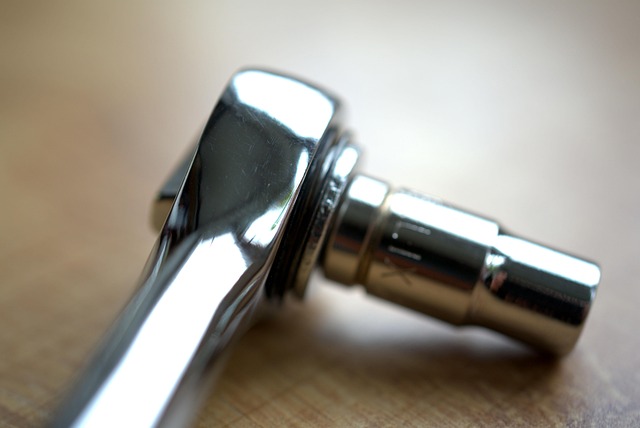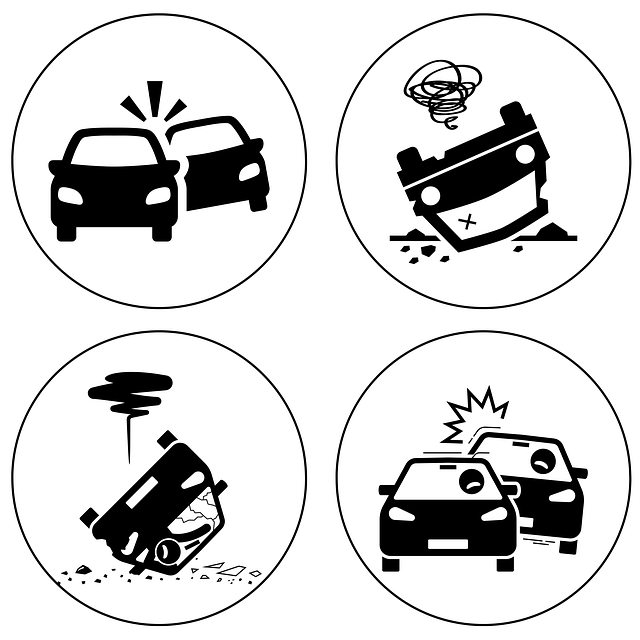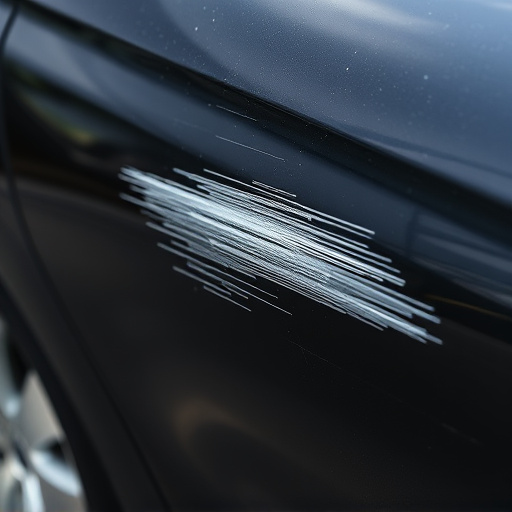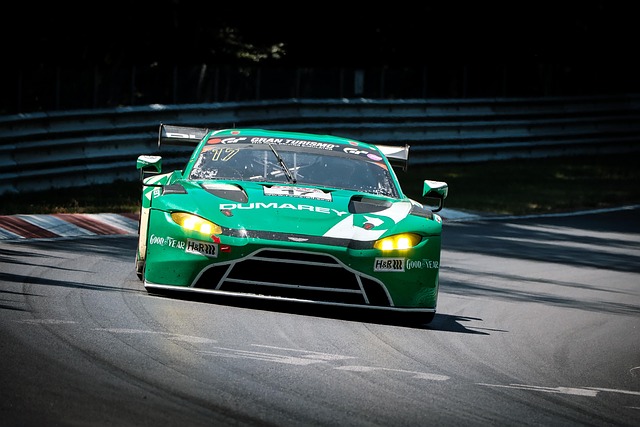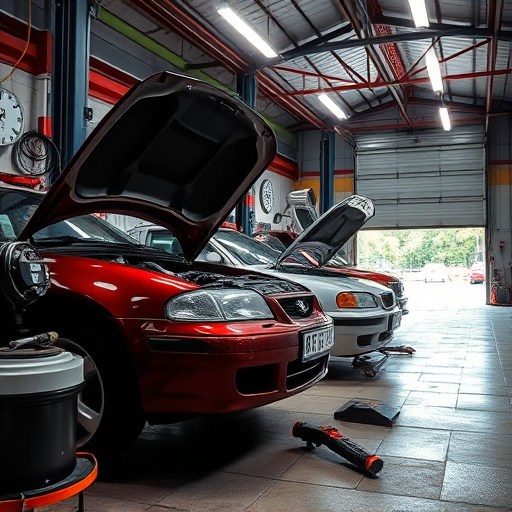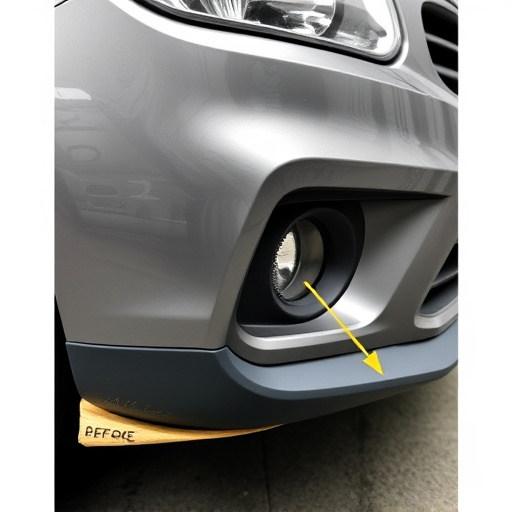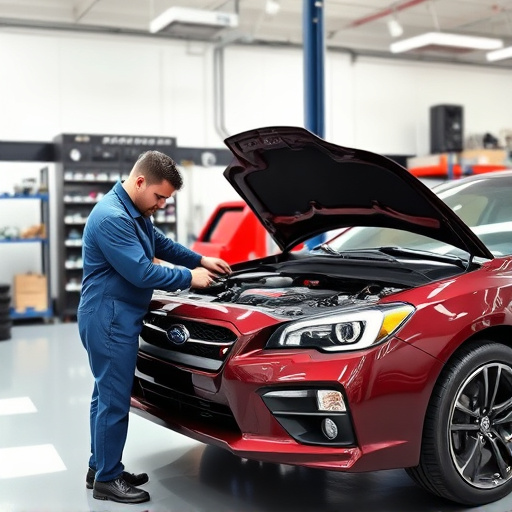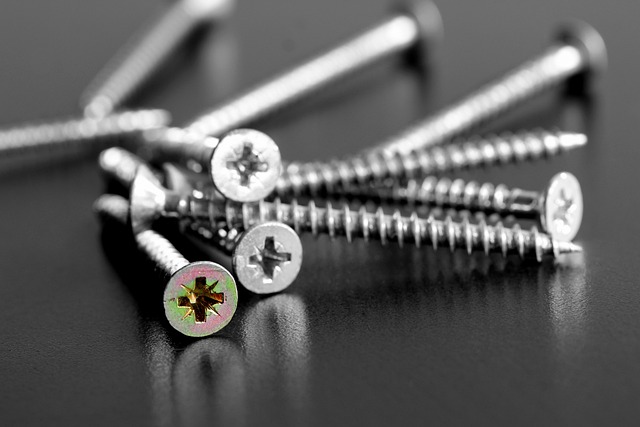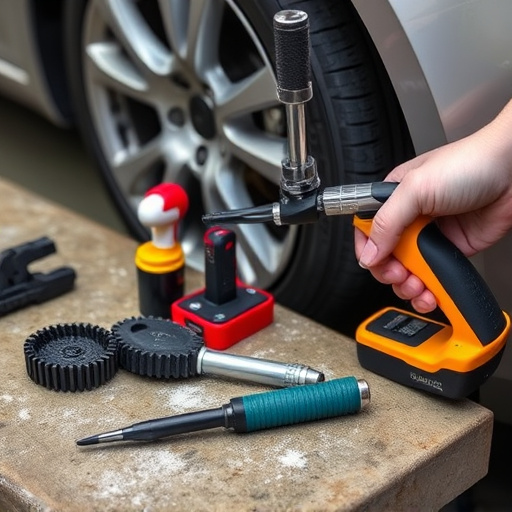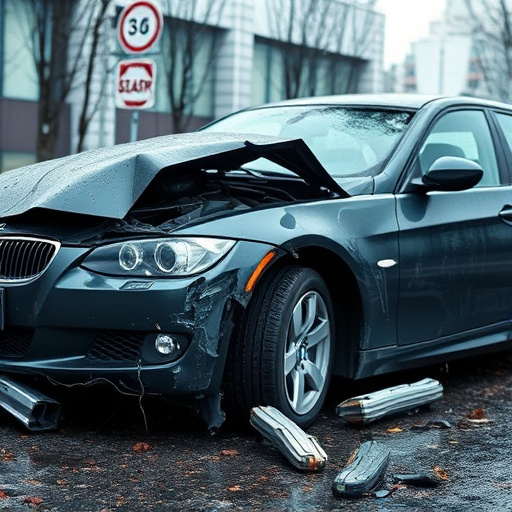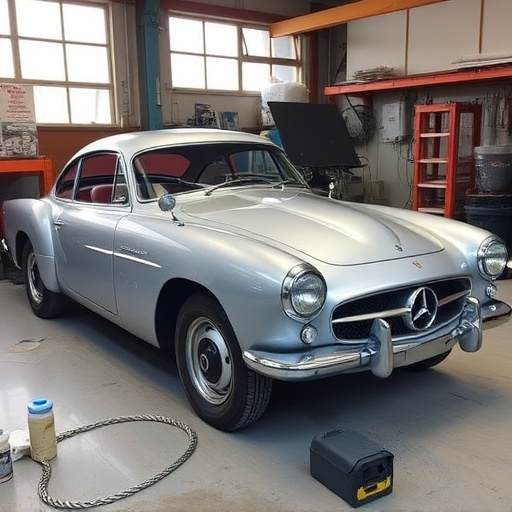Exceeding expectations in auto glass repair and collision centers demands a deep commitment to PDR quality standards. These standards, focused on minimizing paint disruption and achieving industry excellence, require every team member to embrace clear expectations and a culture of perfection. Through structured Performance Development Reviews (PDRs), organizations can set measurable goals, encourage learning, and drive successful outcomes. High-quality PDR services use advanced techniques, skilled technicians, and equipment to preserve vehicles' original appearance, structural integrity, and long-term durability without visible repair marks.
In today’s competitive business landscape, exceeding Performance Development Review (PDR) expectations is paramount for team success. This article explores how organizations can elevate their team skills to meet and surpass PDR quality standards. By delving into key components of effective PDRs, we uncover essential skills—communication, collaboration, and problem-solving—critical for high-performing teams. We also present practical strategies, including training, mentorship, and feedback loops, to consistently nurture a culture of continuous improvement.
- Understanding PDR Quality Standards: Setting the Benchmark
- – Definition and importance of PDR (Performance Development Reviews)
- – Key components and criteria for high-quality PDRs
Understanding PDR Quality Standards: Setting the Benchmark

To exceed PDR (Paintless Dent Repair) expectations, it’s imperative to begin with a deep understanding of the auto glass repair and collision repair center’s PDR quality standards. These benchmarks are set to ensure that repairs not only minimize paint disruption but also meet or surpass industry-recognized excellence. Every member of the team must be intimately familiar with these standards, which encompass precision, attention to detail, and adherence to best practices in auto repair services, especially when addressing dents and scratches on vehicle bodies.
By setting clear expectations around PDR quality standards, a collision repair center fosters an environment where every technician strives for perfection. This understanding enables them to approach each job with the necessary skill and care, knowing that the outcome will be a flawless repair that preserves the vehicle’s original finish, much like a symphony conductor leading their orchestra towards a harmonious finale.
– Definition and importance of PDR (Performance Development Reviews)

Performance Development Reviews (PDRs) are a crucial aspect of any organization’s strategy to foster growth and enhance team performance. They serve as a structured evaluation process, designed to assess individual and team contributions, set clear goals, and provide constructive feedback. PDRs go beyond mere annual check-ins; they are a dynamic tool for continuous improvement. By setting measurable quality standards, teams can strive for excellence in their respective fields, be it auto dent repair, auto bodywork, or vehicle paint repair.
The importance of PDRs lies in their ability to align individual goals with organizational objectives, thereby creating a motivated and engaged workforce. They encourage open communication, help identify training needs, and promote a culture of continuous learning. In today’s competitive landscape, ensuring high-quality PDRs is essential for exceeding expectations and driving successful outcomes in any industry, from automotive services to diverse service sectors.
– Key components and criteria for high-quality PDRs

High-quality PDRs (Paintless Dent Repair) are characterized by several key components and criteria. First and foremost, they require precise techniques and tools to minimize or eliminate dents and scratches on vehicles, preserving their original appearance. This involves meticulous attention to detail, as even the slightest imperfection can be noticeable. The process must ensure structural integrity of the vehicle’s body panels, using methods like frame straightening when necessary.
In an auto body shop, achieving excellent PDR results demands a combination of skilled technicians and state-of-the-art equipment. The quality standards for PDR go beyond just removing dents; they encompass the overall restoration of the vehicle’s exterior to its pre-damage condition. This includes matching paint colors accurately, ensuring smooth finishes, and maintaining the car dent repair’s longevity without leaving any visible signs of work. For instance, techniques like frame straightening should be executed with precision to avoid misalignments that could compromise the vehicle’s safety and handling.
In conclusion, enhancing team skills through focused training and communication is key to consistently exceeding PDR quality standards. By understanding the essential components of effective performance reviews, such as clear goal-setting, constructive feedback, and actionable development plans, teams can navigate the PDR process with confidence. Investing in continuous improvement ensures that individual growth aligns with organizational goals, fostering a culture of high performance and employee satisfaction.
